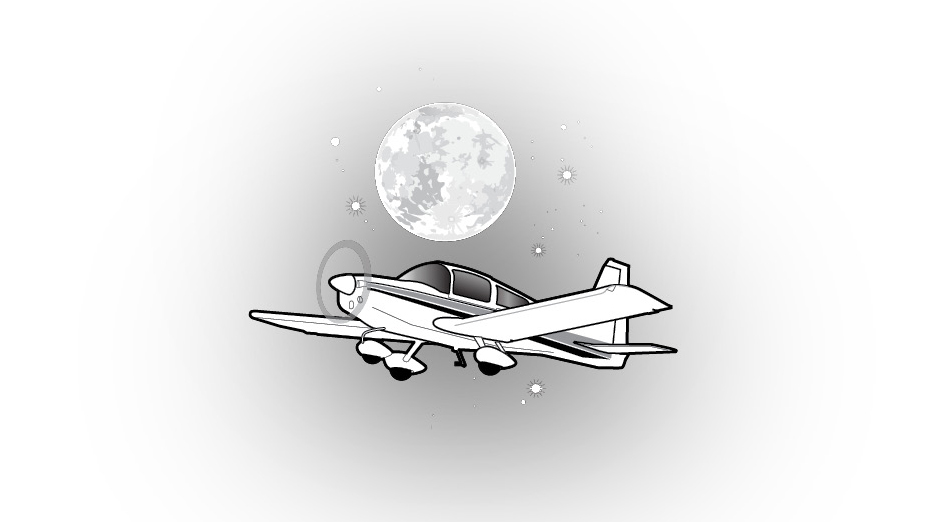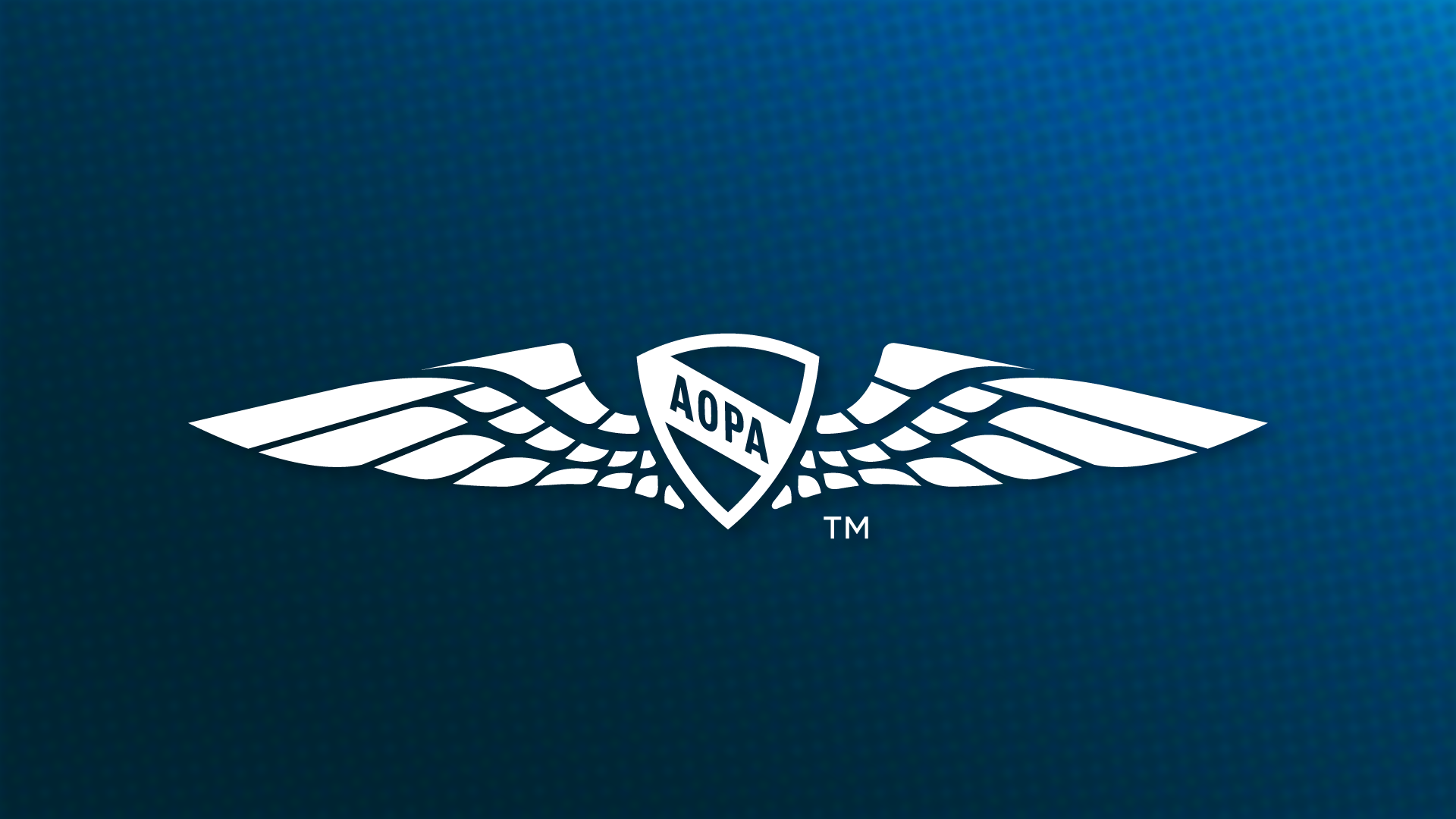Flight Lesson: Unplanned night flight
Resetting the mission

On August 12, 2014, what was to be an easy flight turned into a test of knowledge and decision making.
I was a member of a flying club that owned a Grumman Tiger. My father-in-law, John, a recreational pilot, had never flown in a Tiger, so I offered him a birthday flight. We would fly from my home airport of Johnson County Executive (OJC), in Olathe, Kansas; to Bartlesville, Oklahoma (BVO); have dinner at one of his local favorite restaurants (Braum’s); and fly home. I ran the calculations and decided that we would have plenty of time to get back before dark; I wasn’t night current at the time.
John was to meet me at the airport after work—I planned some buffer time and thought we’d be back home no later than 30 minutes before sunset. The day arrived and the weather looked perfect.
Work was a different story. I was late leaving, but I reasoned that we could easily make up 15 minutes. During preflight, I discovered a few tasks for which I had not planned, and by the time we left the ground, we were an hour behind schedule. Worry began to creep in, but I still thought the time was manageable.
We departed Runway 36, and although we were going southwest, the tower cleared us for a right turn on departure. Once airborne, we contacted Kansas City International Approach, which acknowledged us but then apparently forgot us. Before they told us to resume course, we’d been flying for five minutes—away from our destination.
I turned toward our destination and the waypoints crept by. The groundspeed was about 15 knots less than planned because of a stronger-than-anticipated headwind.
At Bartlesville, I knew we didn’t have time to drive to Braum’s. John suggested that we get a quick bite down the street. As we taxied for departure after dinner, shadows oozed across the ramp. We lifted off and cruised with a nice tailwind.
I believed we could land at OJC before night currency was required. But I decided to land at Miami County Airport (K81), get the required three landings for night currency, and then complete the flight.
We landed, refueled, and waited for night. I left my passengers and completed the required landings. Before restarting the engine, I entered the night currency landings into my logbook for good measure.
The 30-minute leg home was uneventful, and John got some good night photographs. The landing was one of my smoother landings.
In hindsight, we all agreed what we should have done differently. We should have taken our time at dinner and enjoyed some additional sightseeing around Bartlesville. We could have returned to the airport later in the evening, and I could have completed my night landing requirement while my passengers enjoyed the comfort of the open FBO. Then, we could have enjoyed the relaxing night flight back to OJC.
Instead of stepping back to re-evaluate the entire flight, I had become single-minded in the requirement to arrive back at OJC before nightfall. As pilots, we must be flexible and be prepared to toss out the original plans and start from scratch. Step back and decide what the goal of the flight is and how to achieve it, even if it means a detour from the original plan.
 “We could have enjoyed the relaxing night flight back to OJC.”
“We could have enjoyed the relaxing night flight back to OJC.”
